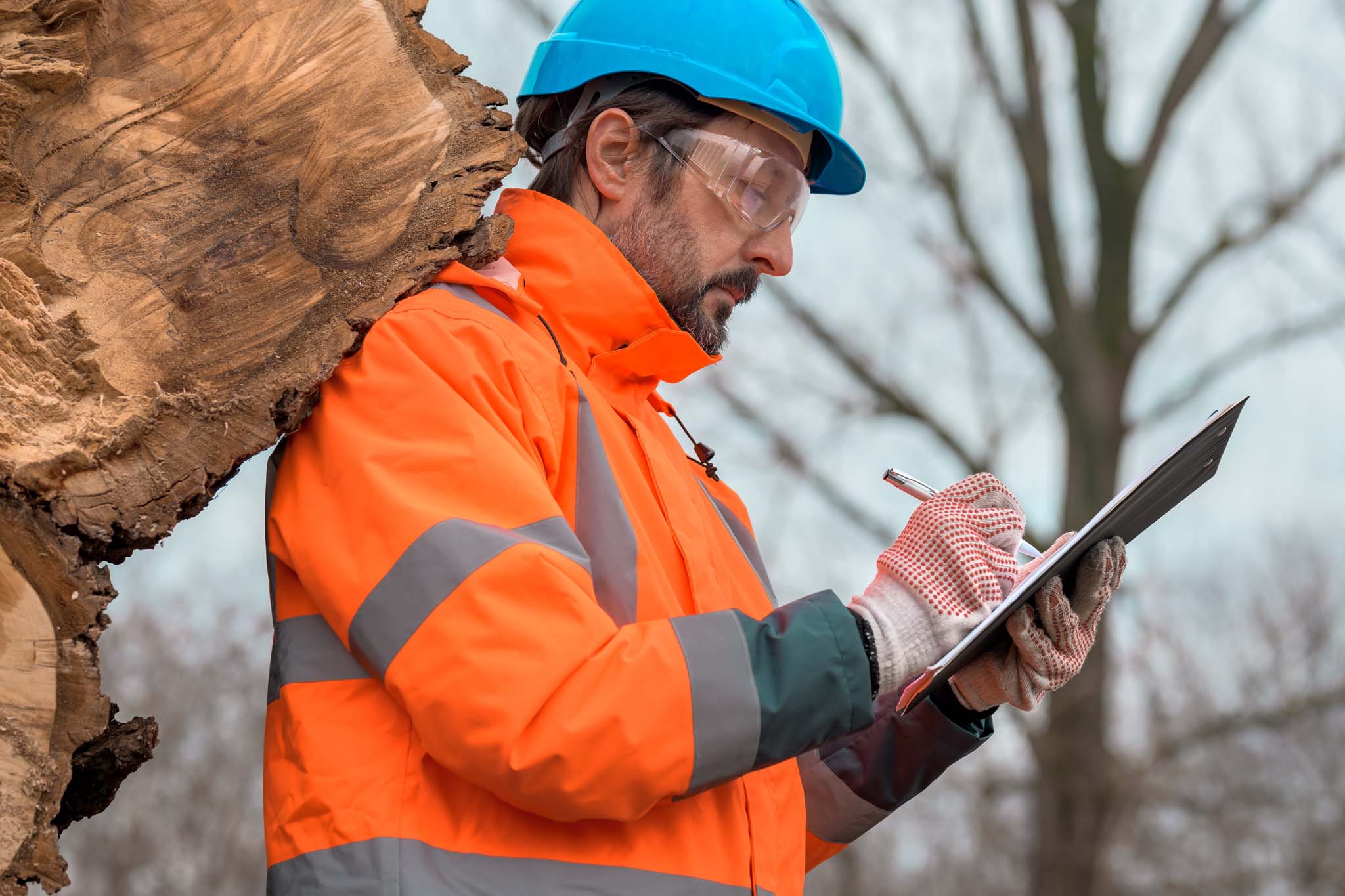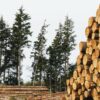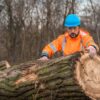Monthly Report - September 2023
Export log prices slipped back slightly in September on the back of continuing softening in China. For South Island Ports, wharf gate prices have also nudged back rendering many harvest operations to a halt, again!
As was expected, the drop in month-on-month production is now seeing a slow down in deliveries to some domestic sawmills. Despite not being swamped with orders themselves, log shortages are not helpful.
Despite the apparent negatives and you would think low production levels in NZ, we will ship 60 log vessels to China in September versus the normal 40 – 45. Much of this is the result of a stock build in NZ forests when lower production continued but stocks were held in forests pending price increases.
The high rate of deliveries to China will not help our situation. Everyone that matters in China knows what is going to our Ports every week and they will be more nervous than they already were. The net result is likely to be weakness in price and appetite for change until NZ forestry Inc can match supply and demand.
Importantly, daily usage in China continues to chug along at just over 50,000 m3 metres per day and that is a log of logs!. The challenge then is entirely with NZ forest owners to realise the new norm and figure our how we are going to match NZ daily production to something close to the daily off take in China.
There is a very important point to be made here. Many times, I have heard criticism of how China is controlling us and how they manipulate prices to their disadvantage. I do not know what happens in other commodities, but in the case of logs nothing could be further from reality.
NZ is by a large margin, the dominant supplier of softwood logs to the eastern seaboard of China. Our long run average is about 60%, right now over 80%. And that dominance is achieved because we have a stable government, a reliable, efficient work force, very good relationships with China and we have the wood fibre they want.
At current CFR levels, other countries are excluded from supply. In the softwood space these include Uruguay, Europe, Australia and the Pacific North West. Russia and Chile are key suppliers of softwood lumber. Importantly also China has their own forests. In general terms this is lesser preferred Poplar and Eucalyptus species but can displace NZ Radiata pine if CFR prices are too high.
All of this tells us there is a fine line between what will be a good price for NZ forest owners versus what levels would see alternative supplies enter the market. And I believe we know where that is being about USCFR$120 per JAS. That is the selling price for market indicator for a cubic metre of A grade log landed in China.
Right now, as at mid-September, the selling price is US$112 and under downward pressure due to the market being dominated by negative tones.
So, when we drill all of this down to our reality, it is NZ that dominates the market and controls the price points in China. Our further reality is we have been living the last 5 years in the hiatus of a sellers market, because the construction sector in China has been strong and we have been able to call the price.
Mind you we haven’t always been good at that, often driving the price up to let competitor volumes in until the blunt instrument called price becomes the supply mechanism. Not rocket science is it?
The fundamental shift in our new future is demand is weaker, and we have moved to a buyers market, because on an average day NZ can produce more wood than the market wants. Again, the challenge is entirely NZ’s.
And if you thought the wood fibre sector has some challenges, I noted in a recent report, China is ramping domestic milk production on the back of NZ Dairy herd progeny and farm management systems imported from Kiwi’s. A looming self-sufficiency shift from 25 to. 45% suggests to me milk sellers and wood sellers need to get in the same aeroplane and start finding new markets for our key commodities.
As always, please remember the thoroughly important message, “it remains, as always, fundamentally important, the only way forward for climate, country and the planet, is to get out there and plant more trees”!
Allan Laurie.
Laurie Forestry.












